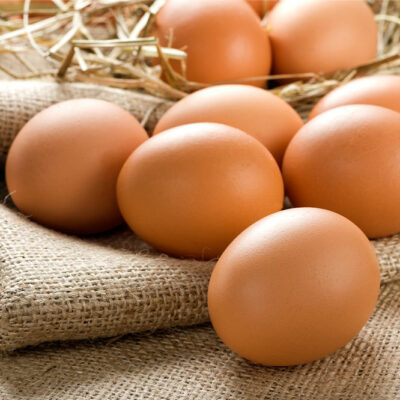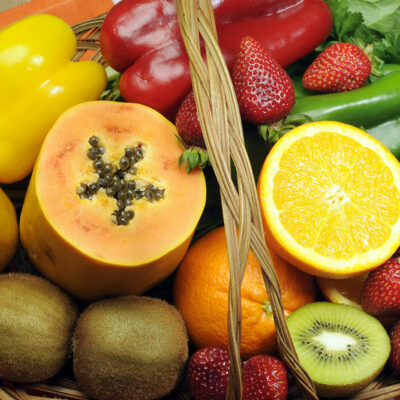
Foods and mistakes to avoid for combating EoE disease
Eosinophilic Esophagitis, commonly known as EoE, is a chronic immune system disorder. In this condition, white blood cells named eosinophils rapidly grow along the walls and lining of a patient’s esophagus. As the esophagus connects the mouth to the stomach, EoE can cause digestive problems, chest inflammation, swallowing issues, and other complications. There are multiple causes of EoE disease, such as acidity, acid reflux, or allergic reactions. Here are some details related to this condition: Symptoms of EoE Disease Patients develop certain typical symptoms when they have EoE. Some such indicators of the condition are: Difficulty in swallowing White blood cells are commonly found along the digestive tract. However, their rapid growth in the esophagus narrows this tract. This results in frequent clogging and makes the passage of food from the mouth to the core digestive organs much more difficult. People with severe EoE find ingesting solid food particularly challenging and painful. Abdominal pain and vomiting The frequent internal clogging of food along the esophagus results in pain and heartburn in the chest. This clogging also usually causes a backflow of undigested food, commonly known as regurgitation. Therefore, EoE experiencers generally suffer bouts of vomiting. Poor growth in children Children need plenty of nutrients in their food for their growth and development.
Read Article 









